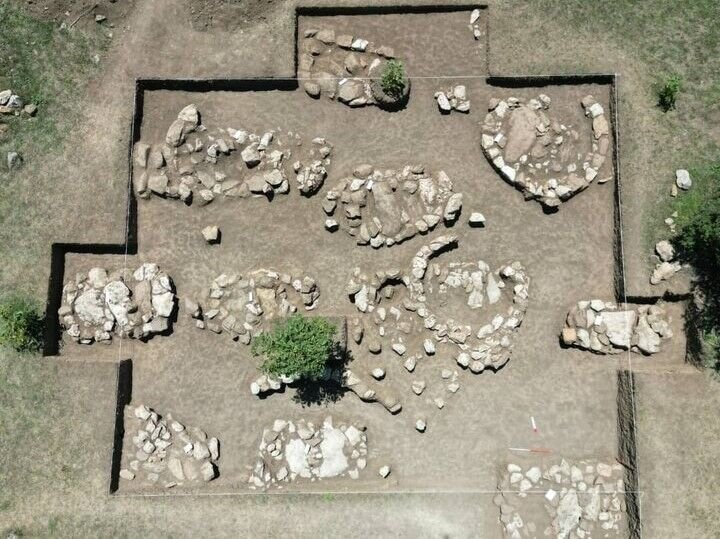Ancient tombs discovered in northern Iran

TEHRAN - Archaeologists in northern Iran have unearthed some ancient tombs estimated to date from the Middle Bronze Age and Iron Age.
17 graves belonging to the Middle Bronze Age and the Iron Age have been unearthed in Izgam Dasht, which is situated in Ramsar, Mazandaran province, IRNA reported on Sunday.
The discoveries were made during the second excavation season recently conducted in the Izgam plain under the leadership of archaeologist Mohammadreza Khalatbari, the report said.
The cemetery was first excavated in 2017 by Khalatbari and his expedition of experts, yielding some graves and relics such as weapons, decorations, jewelry, and pottery dating back to the 2nd millennium BC.
According to Britannica, an early civilization flourished at the beginning of the first millennium BC in Mazandaran (aka Tabarestan), which is sandwiched between the towering Alborz mountain range and the Caspian Sea.
The centuries in the middle of the second millennium BC mark a major change in the nature of the archaeological record. The monuments that had characterized the late Neolithic and the early Bronze Age went out of use; funerary practices, whatever they were, left little substantial evidence until the first century BC. Instead, the archaeological record is mainly composed of the remains of domestic occupation and agriculture.
The previous period had left a legacy of two thousand years of agriculture and a landscape at least partially cleared; the major earthwork monuments, especially the round barrows, would have been enduring landmarks. From about 1500 BC, however, changes in the nature of land use and of human settlement produced a very different archaeological record.
AFM
Leave a Comment